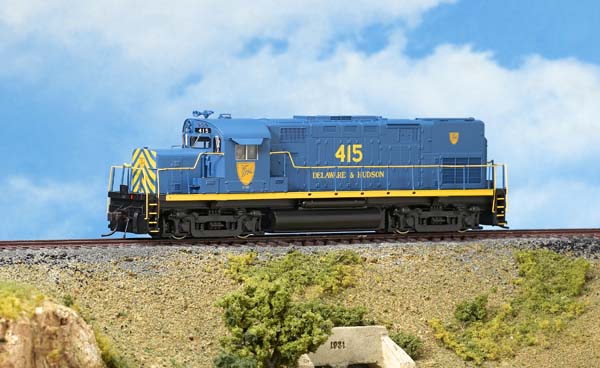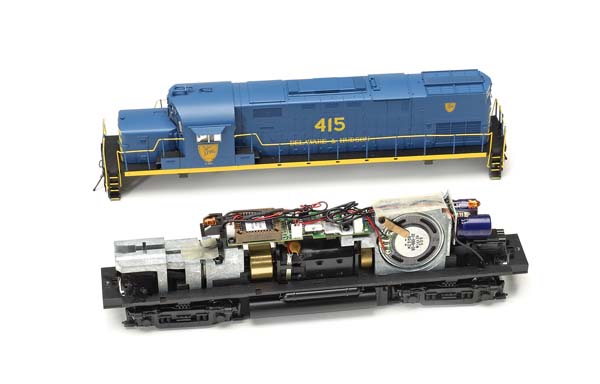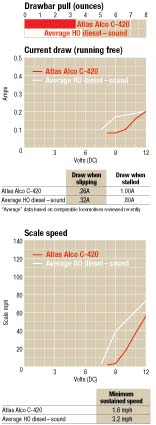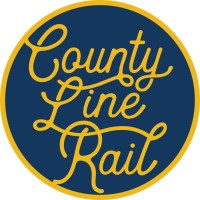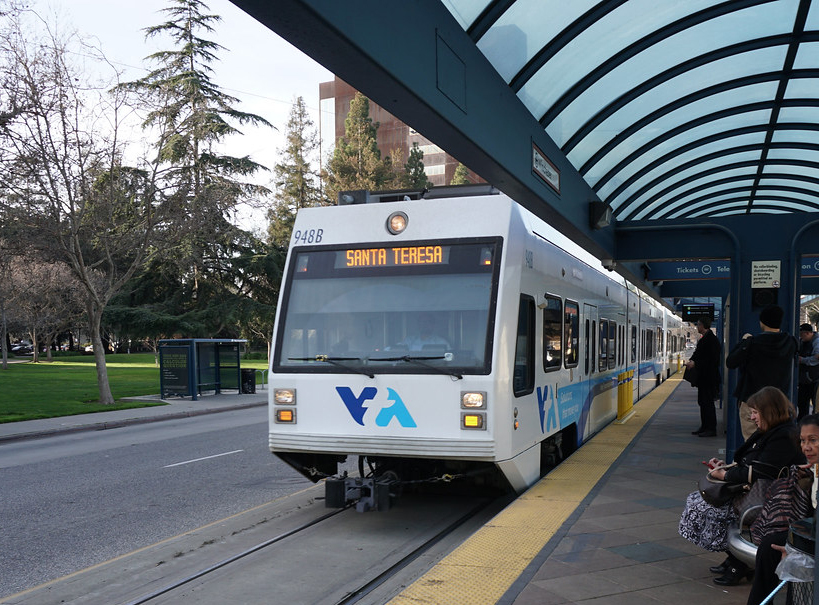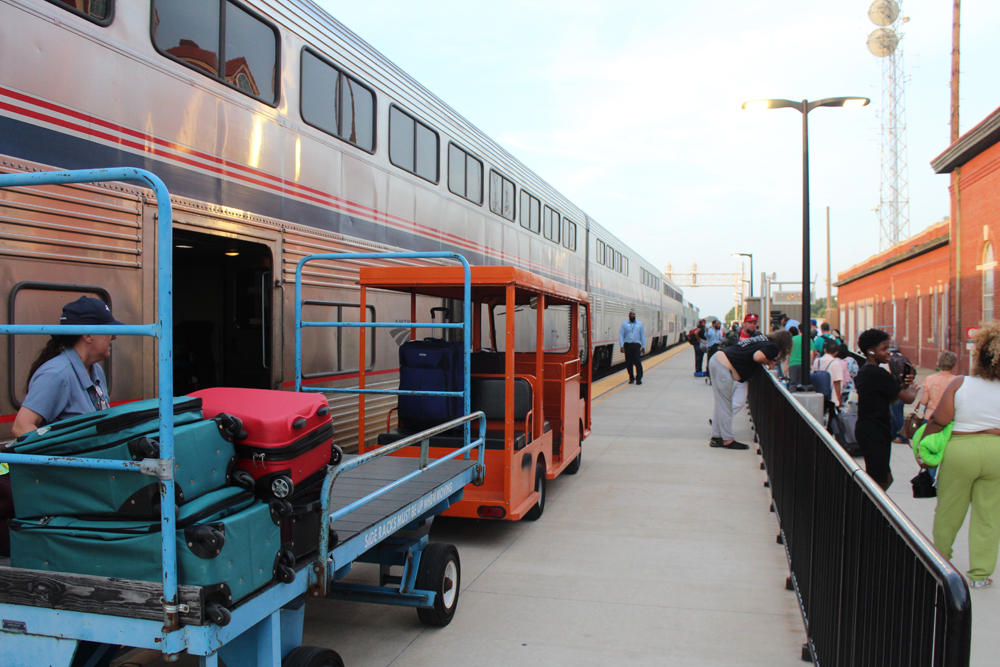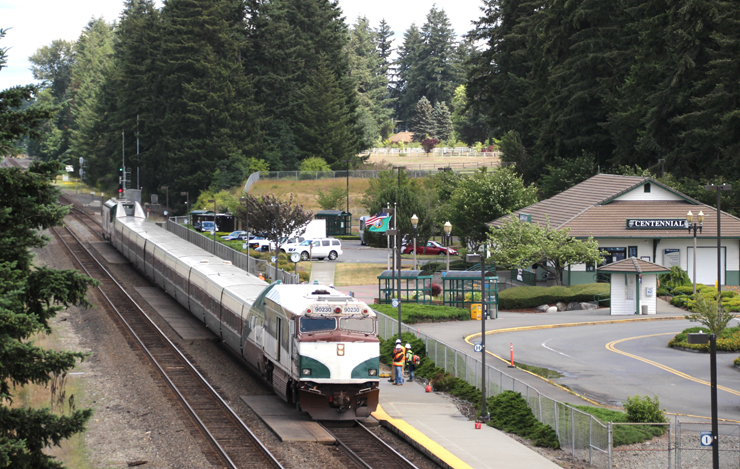The Louisville & Nashville bought 26 new C-420s, but wound up owning the largest fleet though its mergers and second-hand acquisitions. Most of these units ended up working L&N’s coal branch lines, switching yards, and handling transfer jobs.
Prototype plans for the C-420 were published in the February 1985 Model Railroader magazine. This Atlas model matches the overall dimensions in these plans.
A one-piece sill casting includes the plain pilots, steps, side sills, and running boards. The pilots may be further detailed with either footboards or hose storage boxes, depending upon the prototype. The long hood, cab, cab base, and short hood are separate pieces that snap-lock into the sill casting. Both pilots are fitted with brake hoses, m.u. cables, and uncoupling levers. A combination of fine plastic castings and formed wire parts complete the body detailing. The fragile air horns, cab sunshades, radio antenna, and drop steps are packed separately for user installation.
The paint on our sample Delaware & Hudson model is smooth, and the printed yellow striping and lettering is all crisp and opaque.
The blackened nickel-silver wheels have RP-25 contours and match the National Model Railroad Association standards gauge. These wheelsets have split axles that contact electrical pickups concealed inside the sideframes, so all the drivers collect current. Both trucks are wired to connectors that plug directly into the unit’s printed-circuit (PC) board.
The DC units include an NMRA-recommended 8-pin socket for easy conversion to DCC. Units equipped with the QSI sound system have a different PC board in the same location, plus a pair of speakers mounted on an A-frame bracket over the rear truck.
The QSI Quantum sound system delivers smooth control as well as excellent Alco four-cycle diesel sounds. This system also includes QSI’s Quantum Analog Remote Control (QARC) system so DC users may operate and program many sound system functions using a QARC controller (not included) that can be easily added to most DC power packs.
The operating manual explains the QSI system’s operating and adjustment procedures for all three modes of operation (DC, QARC, and DCC). On DCC, the system uses 12 function keys to activate the various sounds and turn the lights on or off. The volume of the sounds can be adjusted individually.
Verbal confirmations report the current DCC configuration variable setting after a change is made. A magnetic wand is provided to reset the model to its factory settings.
The locomotive comes factory programmed for regulated throttle control, a system that simulates the inertia of a real locomotive. This means it responds slowly to changes in the throttle settings. It can be easily reprogrammed to standard throttle control if you prefer the more rapid response.
The C-420 has a drawbar pull equivalent to 47 free-rolling freight cars on straight and level track.
Under DCC, the model had a higher starting speed and higher top speed. Using 28 speed steps, the model started in speed step 4 at 3.9 scale mph. The minimum speed was lower, at 2.4 scale mph, when I switched to 128 steps.
The top speed of the model in DCC was 81.3 scale mph. This is close to the highest gear ratio that Alco offered on C-420s.
Our sample came fitted with standard size Accumate magnetic knuckle couplers. However, with a little filing on the pilots, the model will accept Accumate scale couplers and coupler boxes as well.
This smooth-running, medium-size Alco is a great addition to Atlas’ line of HO locomotives. The model’s superb, prototype-specific details, smooth performance, and excellent four-cycle sound make it easy to imagine you’re running a full-size Alco locomotive.
3,100-gallon fuel tank
Accumate magnetic knuckle couplers (correct height)
*Automatic dual-mode sound decoder
Die-cast metal underframe
Directional, constant lighting
Drawbar pull: 3.36 ounces
Five-pole skewed armature motor with dual flywheels
*Helper mode that mutes the whistle and bell for consisting
Individually applied details
Minimum radius: 18″
NMRA-recommended eight-pin DCC plug (DC models)
*QSI Quantum sound system with dual speakers
Weight: 14 ounces
*Master Gold series only
Price: $149.95 Silver-series DC only, $259.95 Gold-series with sound and DCC decoder
Manufacturer
Atlas Model Railroad Co.
378 Florence Ave.
Hillside, NJ 07205
www.atlasrr.com
Description: Plastic and metal ready-to-run diesel
Road names: Available in both the Master Series Silver (DCC Ready) and Master Series Gold (with DCC decoder and sound system): Arkansas & Missouri, Conrail, Delaware & Hudson (solid blue), Lehigh & Hudson River, Lehigh Valley (gray and yellow), Louisville & Nashville (gray and yellow), Nickel Plate Road, and undecorated with dynamic brakes





